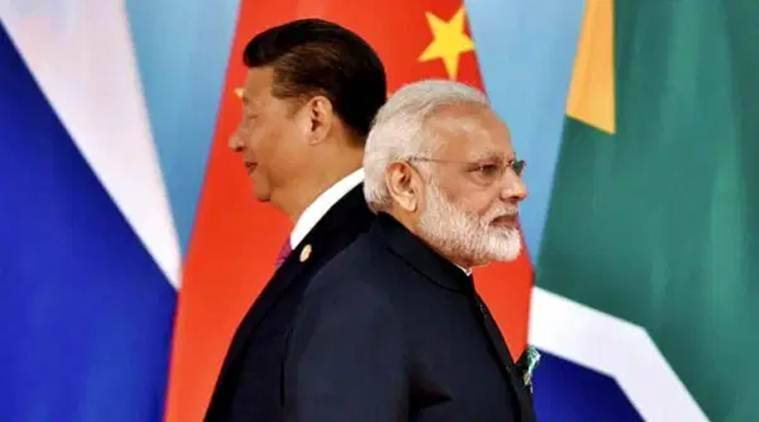 It is becoming clear that localised tactical actions have enormous potential to create strategic effects. However, in an India-China context, localised tactical actions have had a disproportionate strategic impact only when there were a series of such actions
It is becoming clear that localised tactical actions have enormous potential to create strategic effects. However, in an India-China context, localised tactical actions have had a disproportionate strategic impact only when there were a series of such actions
The talks between the Indian Army and PLA commanders initially seemed to offer potential for a phased disengagement of forces on the LAC. Considering the reported PLA build-up in their areas of interest, it is early to predict whether this will lead to de-escalation. It is likely the mobilisation, infrastructure development and heightened operational readiness of the forces will continue till winter.
It is becoming clear that localised tactical actions have enormous potential to create strategic effects. However, in an India-China context, localised tactical actions have had a disproportionate strategic impact only when there were a series of such actions. The impact of the Nathu La 1967, in which over 400 soldiers were killed in action on both sides, had a larger impact only because the PLA attempted to open a second skirmish-area around Cho La and failed. It is widely believed that the winter snows prevented the PLA from opening a second front during the 1971 war. What is also likely to have influenced the PLA not to intervene would have been the chastening experience at Nathu La and Cho La.
In 1986-87, the swift envelopment of the Chinese camp at Wangdung and India’s subsequent buildup in areas that they had left vacant till then in the Zimithang Valley and the heights of the Hathungla Ridge, could have been the well-spring of all the border agreements and Confidence Building Mechanisms (CBMs) that have evolved since. It was not one action, but a series of aggressive actions by the Indians that convinced the PLA of the futility of continued intrusions into the area. The Depsang, Chumar and Doklam face-offs, again localised and tactical in nature, had the two nations engaged in a series of meetings that kept strategic communication lines open but did not lead to any tangible outcomes.
The violent skirmish around Patrolling Point 14 in the Galwan Valley on June 15 was a classic tactical level revenge operation by troops of 16 Bihar, following the loss of their commanding officer. Emboldened by the restraint and lack of any kind of intrusive or armed response from India following the widespread change in status quo by the PLA in the Galwan Valley, Hotsprings area and Pangong Tso, 16 Bihar’s response was completely unexpected by the PLA. Exposed to “dirty fighting” since its experiences with the LTTE in the late 1980s, most infantry units of the Indian Army are familiar with the vagaries of brutal close combat during counter-terrorist and counter-infiltration operations in J&K. However, to imagine that a single tactical action will deter the PLA is wishful thinking. India will need to respond at multiple places to send a strong message.
While the window for a limited conflict remains wide open, it is important that both countries plunge back into the battle against COVID-19, more so India, which has less wiggle room than China to tackle multiple crises. That the Indian military leadership at the corps and divisional commander level has been extensively engaged so far in the negotiations is something that is a little different from the past and indicates an evolution that was long needed. Modern warfare demands that soldiers have negotiating skills too. Hopefully, this also indicates a growing realisation in the Modi government that all the instruments of statecraft must operate in parallel and in pursuit of a common strategic outcome, and not in a sequential fashion that was followed in yesteryears wherein the armed forces were told, “your job is over, now leave it to the diplomats”.
However, should a window appear for a transformative strategy to resolve the boundary problem, we must build on a politico-diplomatic-military-intelligence framework for negotiations. Three of the four structures mentioned (diplomatic, military and intelligence) must have faith in one another and commence parallel negotiations at the operational level, feeding into political discussions as they continue at the apex level. Only then can the cobwebs be removed from the very basic issues such as rolling out maps, demarcation, delineation, threat perceptions, and the possibility of give-and-take across the several disputed areas.
The writer is a retired Air Vice Marshal and a military historian